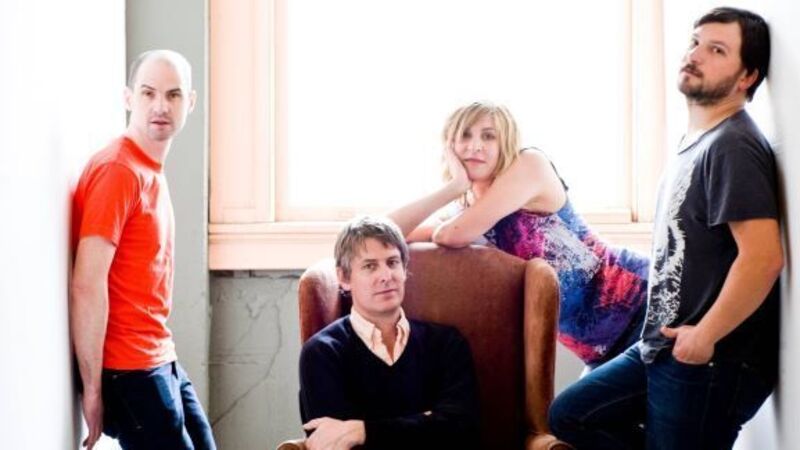Irish Examiner arts reviews

Stephen Malkmus is one of that uniquely American breed of musicians who seem to crave credibility more than commercial success. His work ethic has seen him release 16 albums with various outfits over the past 20 years or so, but his slacker mentality has ensured he has never really been more than a cult figure, beloved of many but unlikely to trouble the pop charts.
Malkmus first found fame of sorts with Pavement, and later with Silver Jews. He also released one album, Marquee Mark, with the Crust Brothers, before embarking on the solo career that has seen him release six albums, backed by the Jicks.











